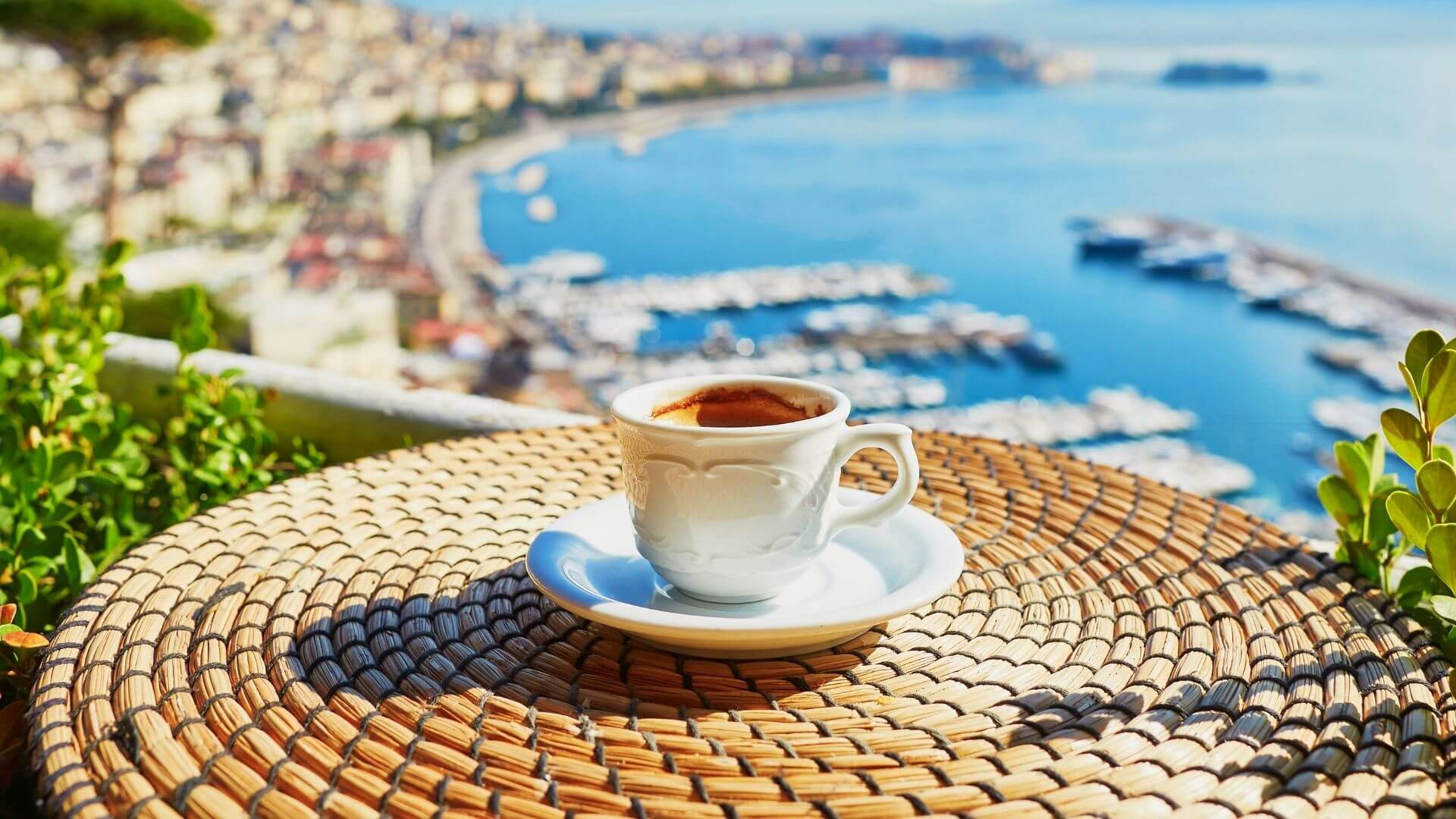Today I am going to talk about the secret sauce behind a perfect espresso shot – the bars of pressure!
Do you know how many bars of pressure you need to unlock the full potential of your coffee beans? Let’s find out!
In this article, I’ll explore the importance of espresso pressure and how it can make or break your morning routine. I’ll also spill the beans on the optimal pressure range for brewing a perfect espresso.
For those in a hurry, here’s a brief summary:
9 bars of pressure is considered the ideal amount for creating high-quality espresso.
Don’t be fooled by machines that advertise a higher bar count – many of them lose pressure as the water travels from the pump to the group head, which means you’re left with the same pressure as a 9-bar machine anyway.
So, what really matters when it comes to making great espresso? Keep reading to discover the secrets of perfect pressure and how it impacts your shot.
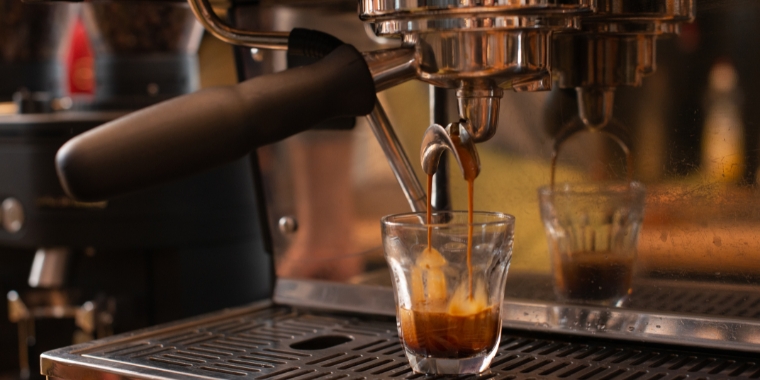
- What are bars in espresso machines?
- Why Does Espresso Need Pressure? (Understanding Pressure Role for a Perfect Shot)
- Experimenting with Espresso Pressure (How to Achieve Different Flavors)
- How Many Bars Of Pressure Is Optimal For Good Espresso?
- How Many Bars Of Pressure Should An Espresso Machine Have
- My final thoughts
What are bars in espresso machines?

Do you know what bars are in espresso machines?
Well, it’s not the kind of bars you go to for a drink (although, that does sound like a good idea).
Bars are like rulers, but for measuring pressure in an espresso machine. It tells us how hard the hot water is being pushed through the coffee grounds to extract the flavors and aromas.
One bar is equal to the atmospheric pressure at sea level, but espresso machines typically use between 6 to 9 bars of pressure to extract the coffee. That’s equivalent to between 6 and 9 times the atmospheric pressure at sea level. Woah, that’s some serious pressure!
To help you understand this, imagine you have a water bottle with a lid that’s screwed on tightly. If you squeeze the bottle with your hand, you’ll create pressure inside the bottle. The harder you squeeze the bottle, the more pressure you make.
Or if you’re a car enthusiast, you might be familiar with PSI units. Did you know that 9 bars of pressure are equal to 130 PSI units? The average recommended pressure for a car is 30 to 35 PSI, so imagine brewing your espresso with that kind of pressure! Pretty awesome, right?
For those in a hurry, here’s a brief summary:
Bars in espresso machines measure pressure, which tells us how hard hot water is pushed through coffee grounds to extract flavors and aromas; one bar equals atmospheric pressure at sea level, and espresso machines typically use between 6 to 9 bars of pressure
Why Does Espresso Need Pressure? (Understanding Pressure Role for a Perfect Shot)
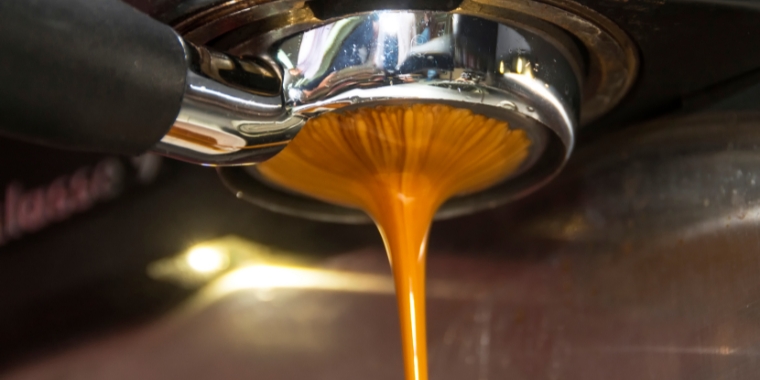
Well, pressure is like the superhero of espresso-making. Without it, your coffee won’t be extracted properly, resulting in a weak and flavorless shot.
And if you think using much more pressure will save your shot, think again! Your coffee will turn into a bitter, over-extracted monster, that is all about bitterness and harsh flavors.
The ideal pressure range for brewing espresso needs to be just right to extract the perfect balance between flavor and body in your espresso shot.
The Role of Pressure in Extraction
Espresso extraction is a process that involves coffee grounds and water getting cozy together.
But like any relationship, things need to be shaken up a bit. That’s where the pressure comes in, creating turbulence in the coffee bed, and ensuring that every coffee particle is evenly saturated and extracted.
It’s like a little dance between water and coffee – with pressure as the DJ. As the water passes through the coffee bed, it dissolves the flavor compounds, creating a rich and flavorful espresso shot.
For those in a hurry, here’s a brief summary:
Espresso pressure plays a vital role in creating the perfect espresso shot. It creates the necessary conditions for extracting flavor and aroma compounds from the coffee grounds and contributes to the balanced taste and body of the shot.
Understanding the importance of pressure is crucial to achieving consistent and delicious results in your espresso-making process.
Experimenting with Espresso Pressure (How to Achieve Different Flavors)
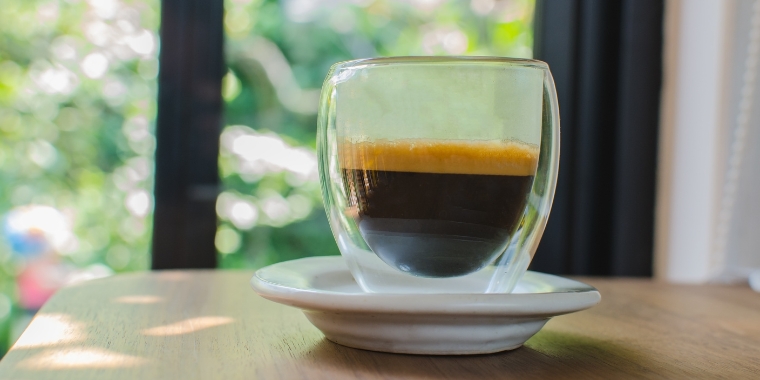
Making a shot of espresso usually takes about 25 seconds and nine bars of pressure, but if you play around with the pressure, you can mix things up and create unique flavor profiles.
(Of course, there are other factors that affect how your espresso tastes, like the size of the coffee grounds, the type of coffee, and the water temperature.)
Some people like to change the pressure as well, starting low and then increasing it, or using six bars instead of nine. Just remember, nine bars is the most common and it’s what most espresso machines are set to.
Oh, and if you’re using a light roast, you might need to use a finer grind and make the espresso for longer to make sure all the flavor comes out.
Anyway, don’t be afraid to try new things, and who knows, you might just discover your new favorite espresso shot.
For those in a hurry, here’s a brief summary:
Experimenting with pressure can lead to unique flavor profiles in espresso, with 9 bars of pressure being the most common and what most espresso machines are set to, but it’s important to also consider other factors such as coffee grounds size and type, and water temperature.
How Many Bars Of Pressure Is Optimal For Good Espresso?
The ideal pressure range for brewing espresso is between 6 and 9 bars.
This range is the sweet spot that balances the extraction of flavor and aroma compounds without over-extracting the coffee, which can result in bitterness and harsh flavors.
Most high-quality espresso machines are designed to deliver a consistent pressure of 9 bars, which is the standard for espresso making.
How Many Bars Of Pressure Should An Espresso Machine Have
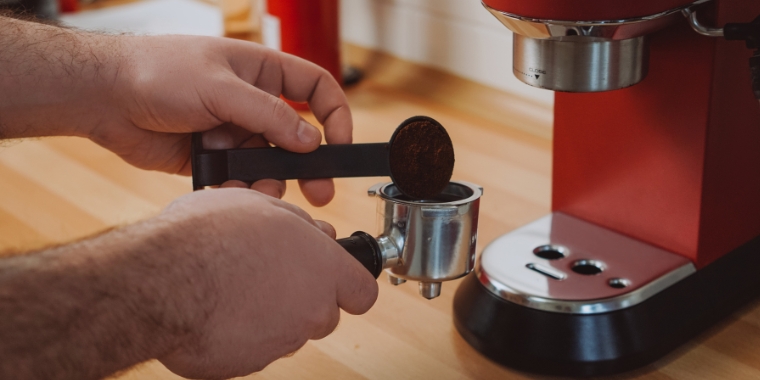
The ideal pressure for making an amazing cup of espresso is 9 bars, as this is the standard pressure required for producing high-quality espresso.
What Does 15 Bar Espresso Mean?
Have you ever wondered why are 15 or even 20 Bar Espresso Machines popular models only for home use?
The term “15 Bar Espresso” is often used as a marketing trick to deceive customers just starting their espresso adventure.
In reality, many (not necessarily cheaper) espresso machines lose a significant amount of pressure between the pump and the group head, causing the pressure to drop to around 9 bars by the time it reaches the grounds.
Your takeaway:
It’s more important to focus on finding a machine that can consistently maintain 9 bars of pressure throughout the brewing process, rather than simply looking for a machine with a higher maximum pressure.
Pro tip: When purchasing an espresso machine it’s good to pick one that has the ability to adjust the pressure, as this can help to fine-tune the brewing process and produce the perfect shot of espresso.
My final thoughts
Now you know how pressure affects the taste of espresso but let’s wrap it up, shall we?
Espresso machines use a fancy unit of measurement called “bars” to measure the pressure they use to extract the rich flavors and aromas from coffee grounds. And, 9 bars is the sweet spot for making high-quality espresso.
Don’t be fooled by machines with 15, 19, or even 20 bars of pressure. They might sound impressive, but they often lose pressure along the way, leaving you with 9 bars anyway.
It’s like a fancy car with a speedometer that goes up to 200 mph, but the speed limit is only 65. What’s the point?
If you want to be a true espresso connoisseur, you need to find a machine that can consistently maintain that perfect 9 bars of pressure. And if you want to get really fancy, you can even get one that allows you to adjust the pressure to create different flavors.

